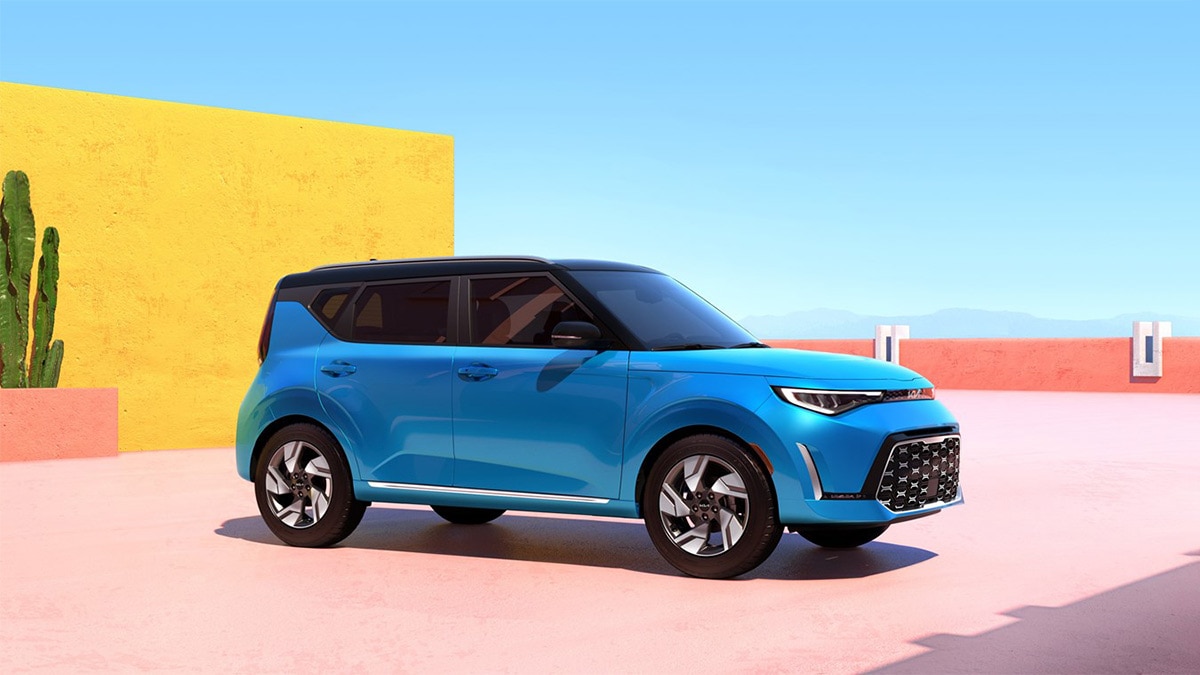
Best Kia Soul Years to Buy Used
Shopping for a used Kia Soul? See the best years (2022, 2018, 2016, 2013), common issues, recalls, MPG, and warranty tips to help you buy with confidence.

Shopping for a used Kia Soul? See the best years (2022, 2018, 2016, 2013), common issues, recalls, MPG, and warranty tips to help you buy with confidence.

Find out what the used car market and tariffs have in store, plus the pros and cons of buying now. We’ll provide details on what to know.
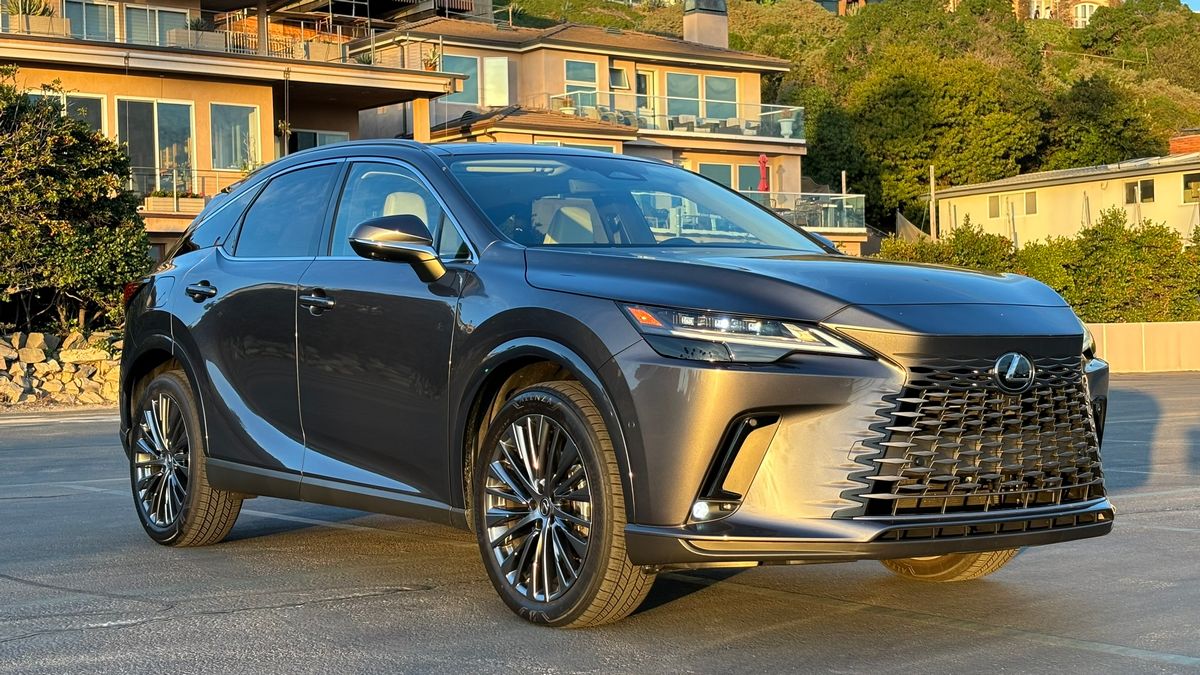
A used Lexus RX is a great way to save a bundle on a reliable luxury SUV.
A used Ram 1500 offers buyers a wide range of engines, cabs, and configurations, with the bonus of big styling and capability.
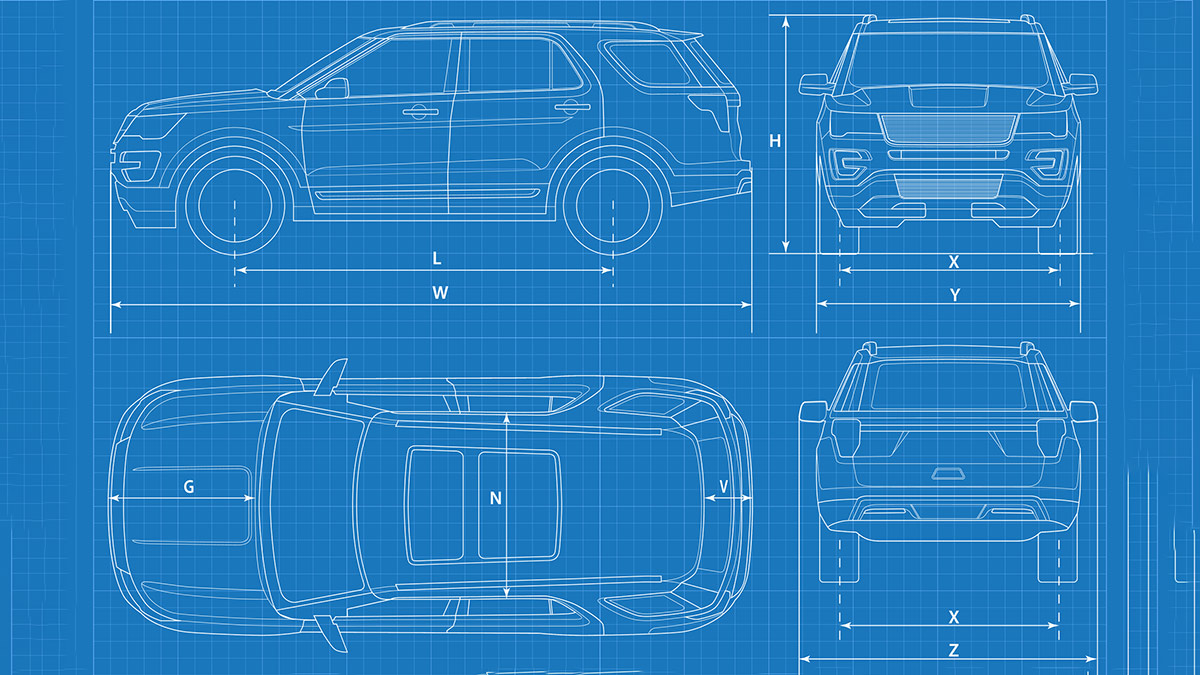
Use our car specs terminology guide to understand several important terms for car measurements when you shop for a new or used vehicle.

A used Subaru Forester has much to offer, including excellent resale value and standard all-wheel drive.
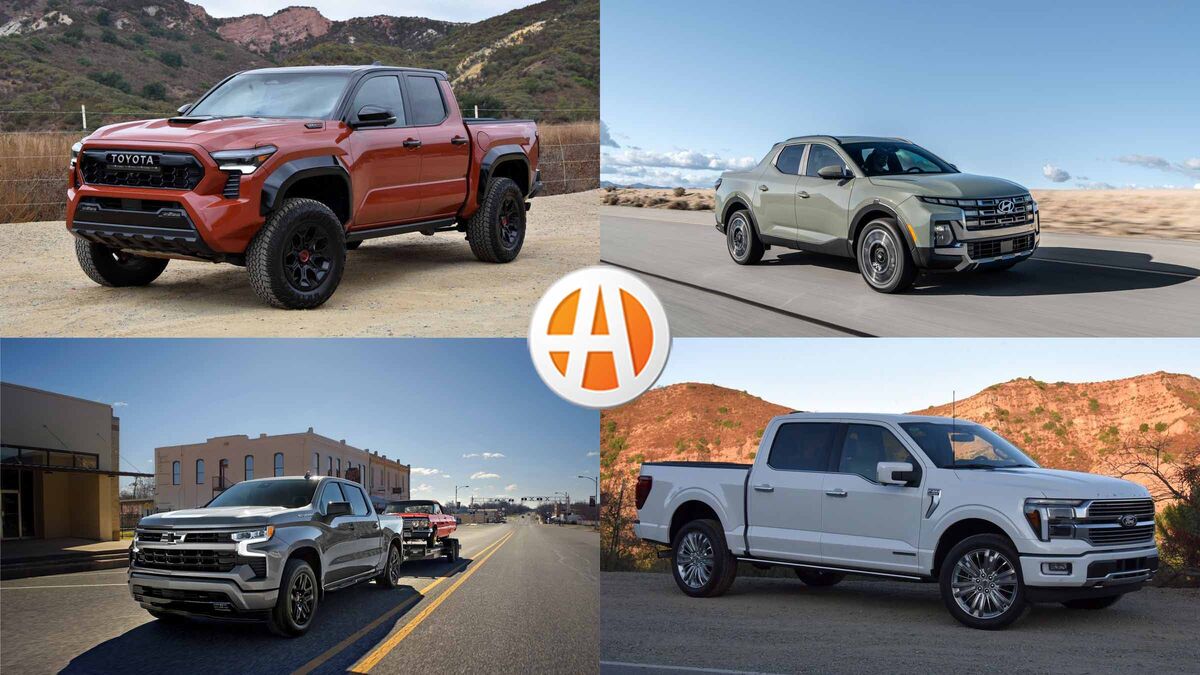
Need a new truck? We’ve got you covered, putting together the list of the 15 more affordable trucks on the market this year.
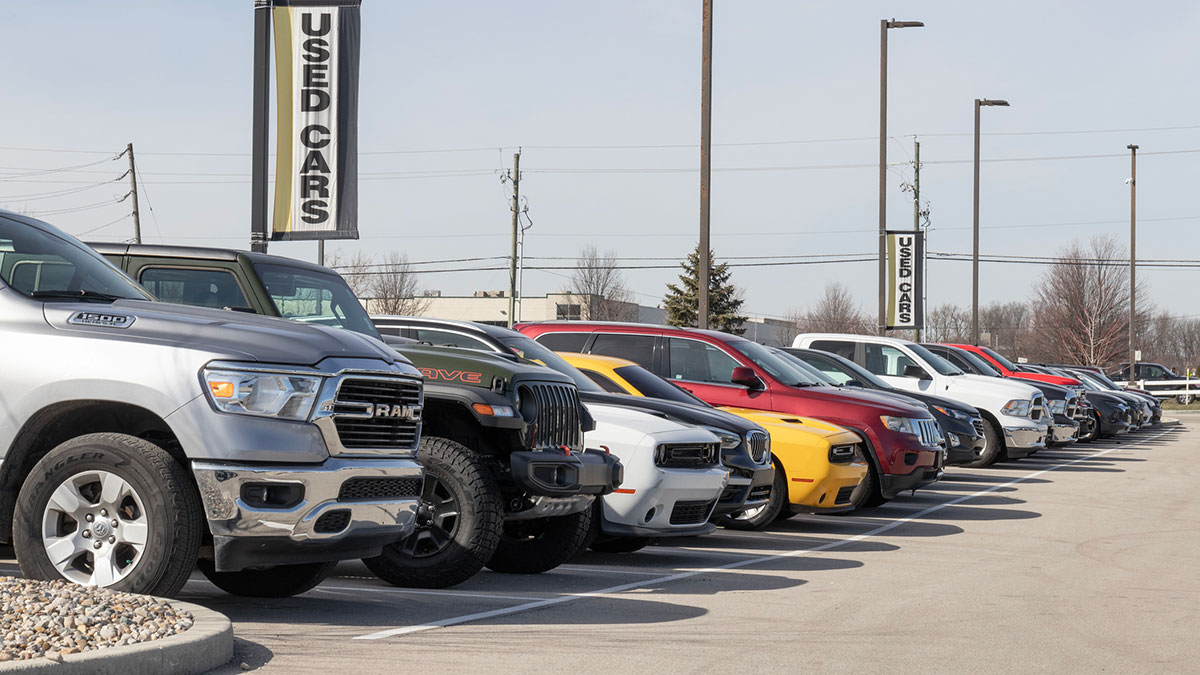
Smart 2025 used-car buying guide: prices and rates, budgeting and preapproval, inspections, CPO vs. private sales, negotiation, and closing the deal.

Learn how to finance a car, understand auto rates and terms, set a budget, boost your credit, and find the best deal in 2025.
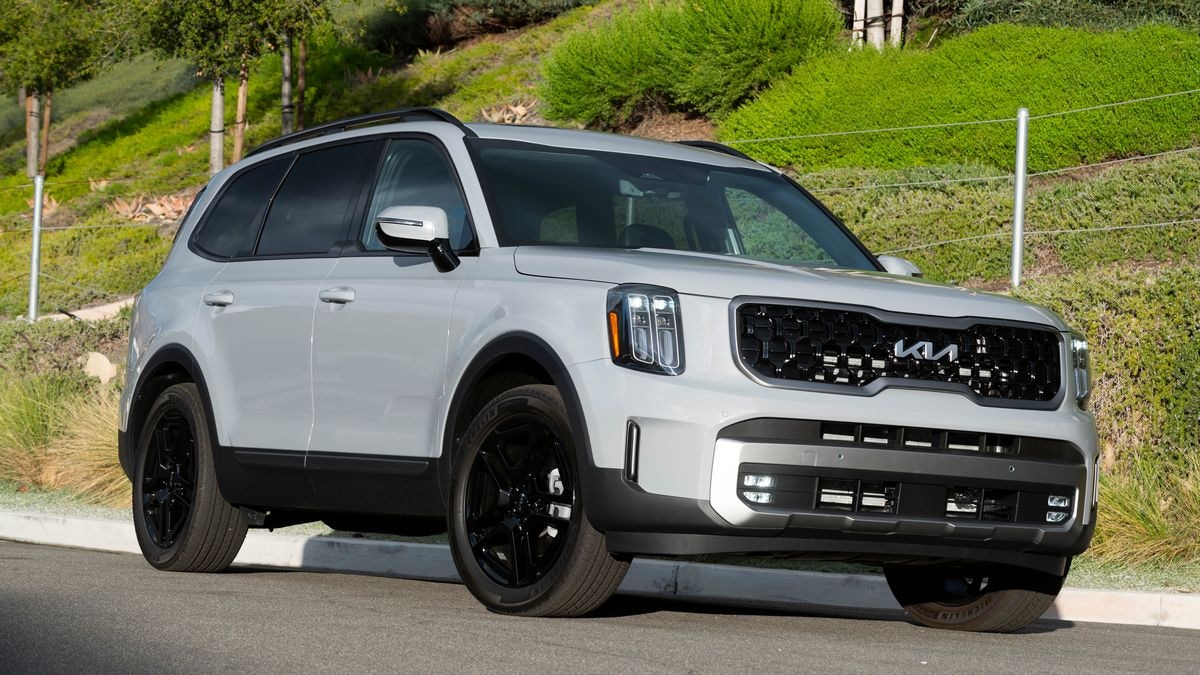
Looking for a modern three-row SUV with lots of style and safety? Consider a used Kia Telluride.